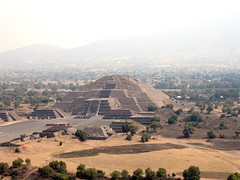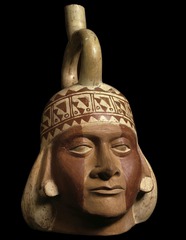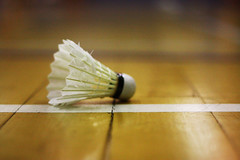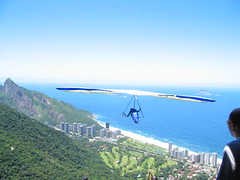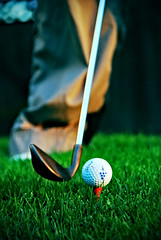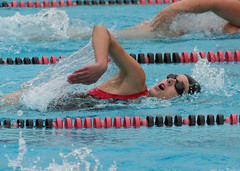| 4249746844 | ________ is the transfer of heat from one material to another through direct contact | Conduction | | 0 |
| 4249746845 | _____ _____ is chilling caused by conduction of heat from the body when the body or clothing is wet | Water chill | | 1 |
| 4249746846 | Water conducts heat away from the body ___ times faster than still air | 25 | | 2 |
| 4249746847 | _______ is carrying away of heat by currents of air, water, or other gases or liquids | Convection | | 3 |
| 4249746848 | _____ _____ is chilling caused by convection of heat from the body in the presence of air currents | Wind chill | | 4 |
| 4249746849 | ________ is sending out energy, such as heat, in waves into space | Radiation | | 5 |
| 4249746850 | _________ is the change from liquid to gas. When the body perspires or gets wet, evaporation of the perspiration or other liquid into the air has a cooling effect on the body | Evaporation | | 6 |
| 4249746851 | _________ is breathing. During breathing, body heat is lost as warm air is exhaled from the body | Respiration | | 7 |
| 4249746852 | ________ is generalized cooling that reduces body temperature below normal, which is a life-threatening condition in its extreme | Hypothermia | | 8 |
| 4249746853 | Between ___-___ degrees, expect shivering to occur | 99-96 | | 9 |
| 4249746854 | Between ___-___ degrees, expect intense shivering and difficulty speaking | 95-91 | | 10 |
| 4249746855 | Between ___-___ degrees, expect shivering to decrease and be replaced by muscular rigidity | 90-86 | | 11 |
| 4249746856 | Between ___-___ degrees, expect the patient to become irrational, lose contact with the environment, and drift into a stuporous state | 85-81 | | 12 |
| 4249746857 | Between ___-___ degrees, expect the patient to lose consciousness and not respond to verbal stimuli | 80-78 | | 13 |
| 4249746858 | Patients in _______, with ______, head and spinal cord injuries, infection, diabetes, and under the influence of ______ or ______ are more at risk of hypothermia | Shock, burns, drugs or alcohol | | 14 |
| 4249746859 | The greatest area of heat loss in the body is the ______ | Head | | 15 |
| 4249746860 | A pulse should be checked in hypothermic patients for at least ___-___ secs | 30-45 secs | | 16 |
| 4249746861 | ________ rewarming allows the body to rewarm itself | Passive | | 17 |
| 4249746862 | ________ rewarming is the application of an external heat source to rewarm the body of a hypothermic patient | Active | | 18 |
| 4249746863 | ________ rewarming is the application of heat to the lateral chest, neck, armpits, and groin of a hypothermic patient | Central | | 19 |
| 4249746864 | Rough handling of a hypothermic patient can result in _______ _______ | Ventricular fibrillation | | 20 |
| 4249746865 | In cases of severe hypothermia, you will find the patient unconscious with no discernible vital signs. The H/R can slow to less than ___ beats/min, and the patient will feel cold to the touch. Patient could still be alive | 10 | | 21 |
| 4249746866 | A hypothermic patient may not reach biological death for more than ___ mins | 30 mins | | 22 |
| 4249746867 | ______ ______ is cooling or freezing of particular parts of the body. Classified as early and superficial, or late and deep | Local cooling | | 23 |
| 4249746868 | The most severe cases of local cooling result in _______ (localized tissue death), resulting in a dead white color of skin | Gangrene | | 24 |
| 4249746869 | Before warming a frozen body part, ensure to remove ______ | Jewelry | | 25 |
| 4249746870 | ______ is a good indicator of successful rewarming | Pain | | 26 |
| 4249746871 | ________ is an increase in body temperature above normal, which is a life-threatening condition | Hyperthermia | | 27 |
| 4249746872 | When humidity is high, the evaporation of perspiration ______ | Slows | | 28 |
| 4249746873 | Prolonged exposure to excessive heat can create an emergency in which the patient presents with moist, pale skin that may feel normal or cool to the touch, a condition known as heat _______ | Exhaustion | | 29 |
| 4249746874 | When the body loses salts and brings on painful muscle cramps, the condition is called heat _______ | Cramps | | 30 |
| 4249746875 | The first step in emergency care for patients with heat conditions is to _______ them from the hot environment | Remove | | 31 |
| 4249746876 | When a heat emergency patient presents with hot skin, whether dry or moist, it is known as heat ______. Starts when the patient stops sweating | Stroke | | 32 |
| 4249746877 | _________ is the process of experiencing respiratory impairment from submersion/immersion in liquid. Outcomes are classified as death, morbidity, and no morbidity | Drowning | | 33 |
| 4249746878 | _______ means the patient experiences illness or other adverse effects, such as unconsciousness or pnemonia | Morbidity | | 34 |
| 4249746879 | Some patients who drown in cold water can be resuscitated after ___ mins or more in cardiac arrest | 30 mins | | 35 |
| 4249746880 | _______ _______ is a condition resulting from nitrogen trapped in the body's tissues, caused by coming up too quickly from a deep, prolonged dive. A symptom is "the bends" or deep pain in the muscles and joints | Decompression sickness | | 36 |
| 4249746881 | ____ percent of decompression sickness cases occur within 3 hours of the dive | 90 | | 37 |
| 4249746882 | The risk of decompression sickness is increased if divers fly within ___ hours of a dive | 12 | | 38 |
| 4249746883 | The order of water rescue is: ______, ______ and tow, _____, and ____ | Reach, throw, row, and go | | 39 |
| 4249746884 | _______ are substances produced by animals or plants that are poisonous to humans | Toxins | | 40 |
| 4249746885 | _______ is a toxin produced by certain animals such as snakes, spiders, and some marine life | Venom | | 41 |
| 4249746886 | _____ ______ spider bites are painless, and patients seldom recall being bitten. Bite results in severe localized tissue damage | Brown recluse | | 42 |
| 4249746887 | _____ _____ and _____ snakes are two poisonous snakes in the U.S. | Pit vipers and coral | | 43 |
| 4249746888 | A ______ _______ _______ may be the most effective technique to slow the spread of venom after as snakebite | Pressure immobilization bandage | | 44 |
| 4249746889 | The purpose of the pressure immobilization bandage is to restrict the flow of the ______, not the blood | Lymph | | 45 |
| 4249746890 | Rinsing site of the sting from marine life with _______ will reduce pain to the sting | Vinegar | | 46 |
| 4249746891 | After a sting site has been rinsed with vinegar to inactivate the venom, immersion of the site in hot but nonscalding water (maximum ____ degrees) may further reduce the pain | 113 | | 47 |



























































